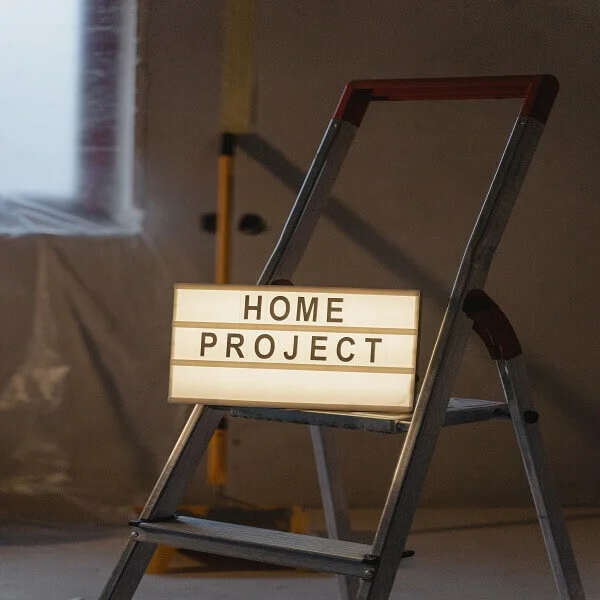 Home renovations can be expensive, and saving up for extensive improvements could take years. Fortunately, you can fast-track your goals with a home improvement loan.
Home renovations can be expensive, and saving up for extensive improvements could take years. Fortunately, you can fast-track your goals with a home improvement loan.
Home improvement loans allow you to use the equity in your home to fund your home renovation.
Benefits of a Home Renovation Project
-
Increased Home Value
Prospective home buyers are willing to spend more if they see a kitchen or bathroom that has been updated or upgraded for convenience and functionality.
-
More Space
If your home feels cramped due to your growing family, extra bedrooms or living space can make living in your home comfortable once more.
-
Maintenance
Putting off home repairs can result in more considerable expenses down the road. Delaying roof repairs, for example, can lead to a wall, ceiling, or structural damage in due time.
-
Curb Appeal
If you plan to sell your home in the future, a home improvement project is the best way to make it more desirable. Exterior renovations can boost your home’s curb appeal and make for a positive first impression.
What is a home refinance?
When it’s time for a home remodel project, most homeowners turn to refinance because it’s an easy way to get tax-free cash to fund their project. Refinancing into a new loan could also mean a lower interest rate or lower monthly payments --compounding the benefits of refinancing to get funds for your home renovation.
3 Loans That Can Provide Funds For Your Home Renovation Project
Cash-out Refinance
A cash-out refinance is where you take out a mortgage with a balance higher than your current one. The old mortgage balance will be paid off with this new loan, and the remaining money is given to you as cash after closing.
One of the main appeals of using a cash-out refi is that you can fund home renovations without taking out a second line of credit.
FHA 203(k)
You can apply for an FHA 203(k) loan from the Federal Housing Administration, which pays for renovations. Also known as Rehabilitation Mortgage Insurance, the loan allows you to finance up to $35k into your mortgage to pay for property repairs and improvements to make your new home move-in ready.
FHA loans have certain limitations, so you can’t use them for luxury upgrades like adding a pool. Here are the types of renovations you can do with an FHA 230(k):
-
Structural work
-
Replace water or sewer systems
-
Functional home improvements
-
Roof and gutter repairs
-
Flooring repairs
-
Energy conservation projects
-
Modifications for a disabled person
-
Water erosion prevention
HELOC (Home Equity Line of Credit)
A HELOC is a secured loan backed up by your home. While not technically a refinance loan, it uses your home as collateral to use a portion of your equity for home renovations. A HELOC is a revolving line of credit which means you can get cash as you need it. The interest rates for a HELOC are much lower than credit cards. However, be aware that if you default on making payments on your line of credit, you could face foreclosure.
If you’re searching for a low-cost way to make your home improvement project a reality, a refinance is one of your best options. Get in touch with one of our loan officers and see how much cash you can get from your home today!